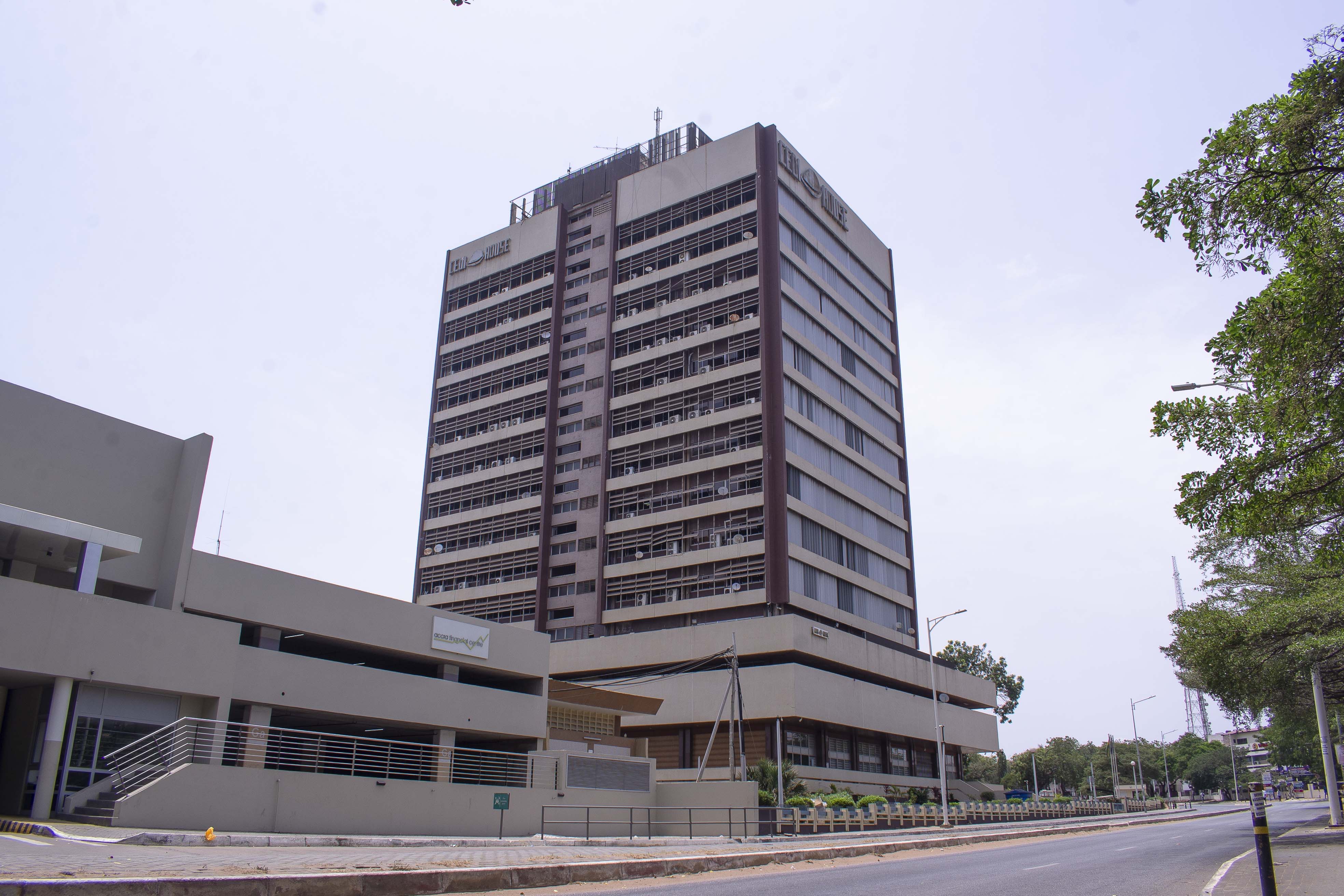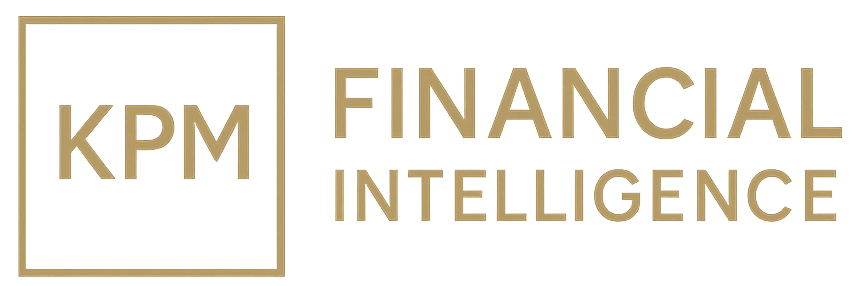Selective Liquidity Anchors Ghana’s Week 41 Performance
The Ghana Stock Exchange traded GH¢58.4m in Week 41, led by GCB (72.6%), MTNGH (24.6%), and CAL (+9.7%), as the GSE-CI held near 3,896 points. A HHI of 2,420 and CR5 of 78.2% show liquidity concentrated but stable—signaling institutional discipline, not retreat.

The Ghana Stock Exchange (GSE) ended Week 41 (6–10 October 2025) with quiet firmness, showing selective liquidity and stable pricing despite narrow market breadth. Total turnover reached GH¢ 58.4 million on 4.6 million shares, while equity-only trades (excluding GLD) accounted for GH¢ 56.9 million. The Herfindahl-Hirschman Index (HHI) of 2,420 indicates a moderately concentrated market—dominated by a few large-cap equities but not overly distorted. The CR3 and CR5 ratios, at 61.7% and 78.2%, highlight institutional dominance, suggesting Ghana’s equity market remains under disciplined portfolio management rather than speculative churn.
Liquidity was concentrated around three counters—GCB Bank (GCB), MTN Ghana (MTNGH), and CAL Bank (CAL)—which together represented nearly two-thirds of total value traded. GCB generated GH¢ 41.3 million, commanding 72.6% of equity value and reaffirming its role as the market’s institutional anchor. MTNGH followed with GH¢ 14.4 million, sustaining telecoms as Ghana’s defensive liquidity base, while CAL advanced on speculative rotation, trading 112,114 shares valued at GH¢ 88,164. Their dominance underscores a structural feature of the GSE—deep concentration at the top and a long tail of illiquid listings below.
The GSE Composite Index (GSE-CI) settled at 3,896.22 points, while the Financial Index (GSE-FI) edged up 0.26%. Banking tickers gained modestly, led by CAL (+9.7%) and GCB (+2.3%), while the broader industrial and consumer sectors were flat. SIC Insurance (SIC) rose to GH¢ 1.06 (+0.95%), marking its sixth consecutive week of recovery. MTNGH, however, dipped slightly to GH¢ 4.50 (−0.22%), reflecting rotation into higher-yield financial stocks.
Trading activity remained narrow. Only six equities crossed GH¢ 50,000 in daily value, with the average trade size rising to GH¢ 12,700—typical of institutional rebalancing rather than retail speculation. Weekly execution volumes averaged 9,800 contracts per day, much of it composed of broker-crosses. While overall share volume declined 12.7% week-on-week, total traded value slipped only 3.4%, suggesting rising average prices and selective concentration in blue-chip stocks.
The NewGold ETF (GLD) weighed on weekly aggregates, falling 2.9% to GH¢ 467.67 and trading GH¢ 1.44 million. The move mirrored the global gold price retreat toward US$ 2,270/oz, though GLD remains peripheral, accounting for just 2.6% of total GSE turnover. Its decoupling from local equities highlights Ghana’s market resilience to external commodity swings—a key difference from peers like Lagos or Johannesburg, where ETFs often drive liquidity cycles.
Among secondary tickers, RBGH (Republic Bank Ghana) and SOGEGH (Societe Generale Ghana) remained unchanged at GH¢ 1.20 and GH¢ 2.09, respectively, indicating stable order books but thin volumes. BOPP (GH¢ 38.06) and TOTAL Energies Ghana (GH¢ 40.60) were similarly steady, posting GH¢ 19,100 and GH¢ 47,908 in weekly value—an affirmation of investor preference for mature, dividend-paying counters. These stocks continue to serve as anchors of defensive capital within a market still characterized by episodic retail participation.
From a market-structure lens, Ghana’s equity landscape remains balanced between concentration and competition. The CR5 of 78.2% suggests dominance by five tickers—GCB, MTNGH, CAL, TOTAL, and BOPP—yet without suppressing fair price discovery. The HHI of 2,420 situates Ghana between Nigeria’s diversified market (≈1,600) and Morocco’s more concentrated Casablanca Bourse (≈3,000), reaffirming Accra’s position as a mid-tier frontier hub capable of absorbing institutional flows without destabilizing volatility.
Institutional behavior remained the main stabilizer of the week. Pension and insurance funds maintained exposure to top-tier equities while trimming smaller holdings. The low turnover in small-caps such as FML (GH¢ 5.99), EGL (GH¢ 3.36), and GOIL (GH¢ 2.45) shows that retail liquidity remains dormant. Yet, the consistency of large trades in GCB and MTNGH reflects a structural maturity emerging within Accra’s market microstructure—a rhythm sustained by strategy, not speculation.
Overall, Week 41 portrayed a market defined more by restraint than risk-taking. Ghana’s equity investors maintained conviction in high-quality names, favoring yield stability and balance-sheet strength over short-term price movement. The result was a week of calm conviction rather than volatility—one where selective buying replaced broad-based trading, and institutional liquidity set the tone.
The quiet advance of the GSE underlines a larger truth about Accra’s market: stability has become its asset class. As frontier peers oscillate between exuberance and outflow, Ghana’s disciplined liquidity base stands as its differentiator—a reminder that confidence, not excitement, remains the currency of credible markets.





